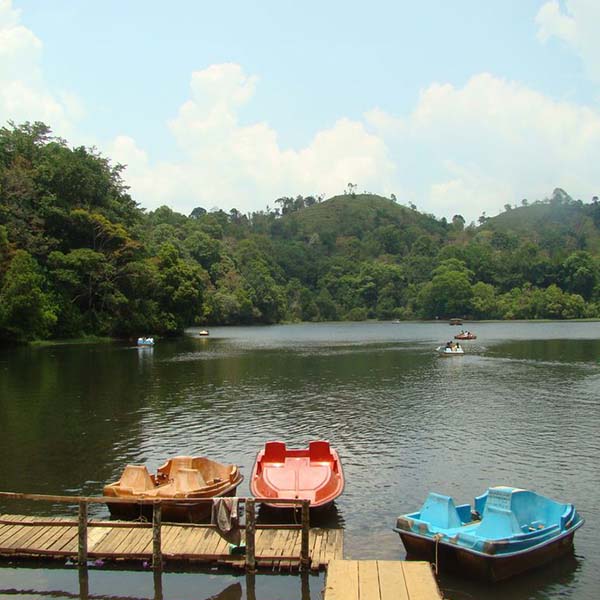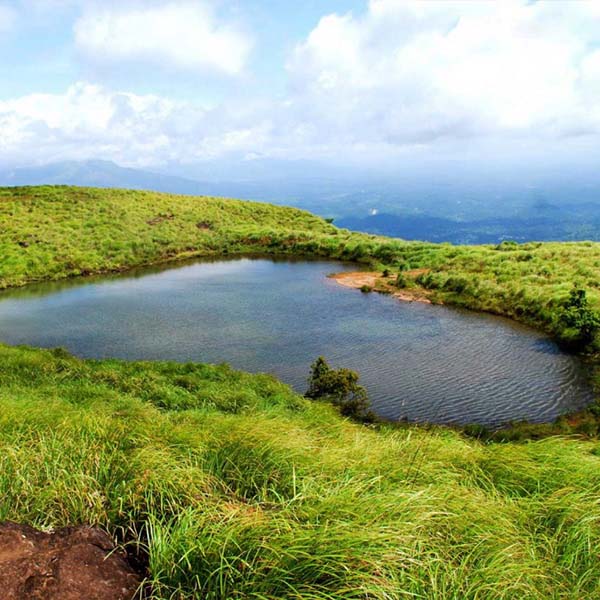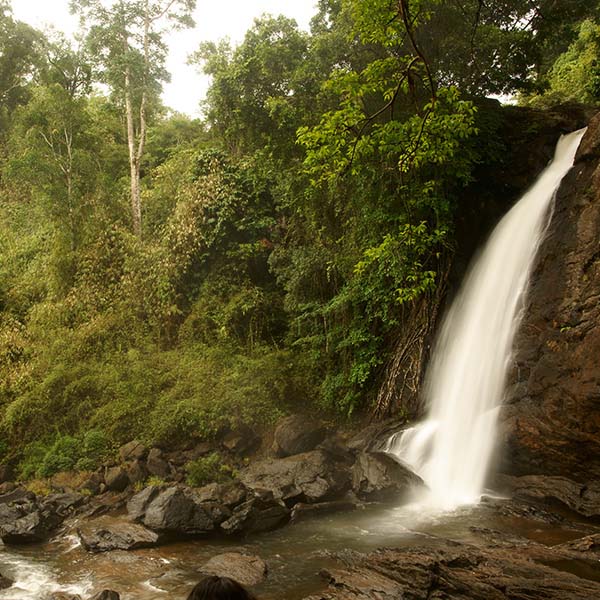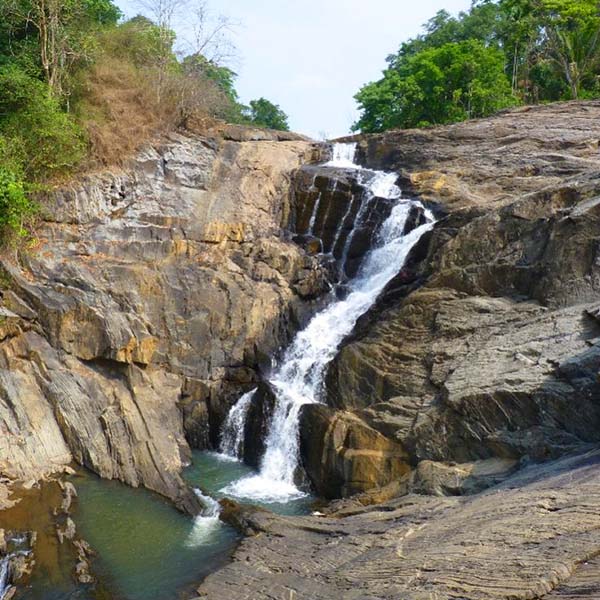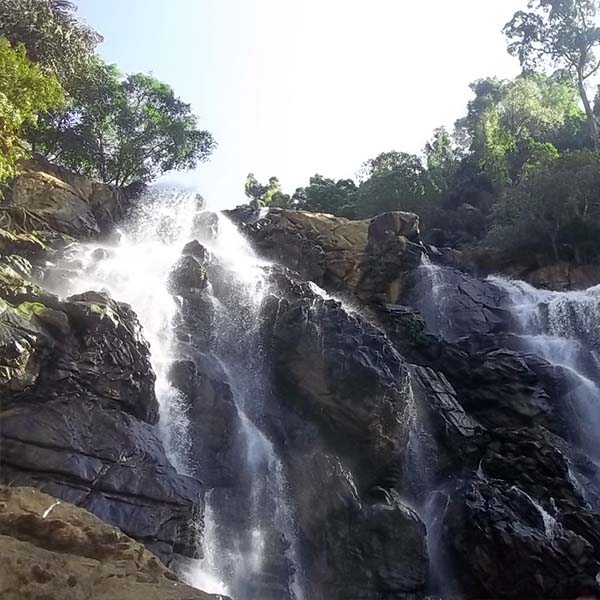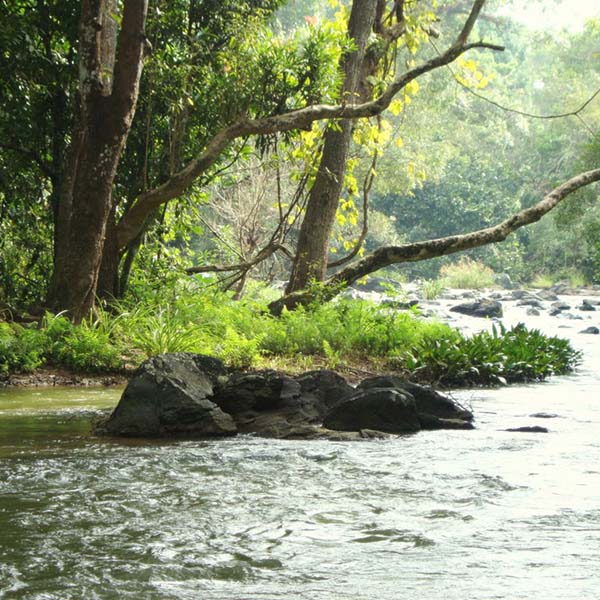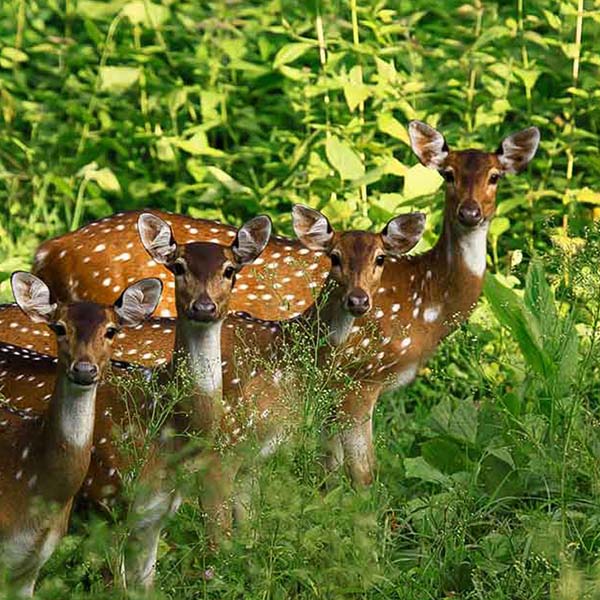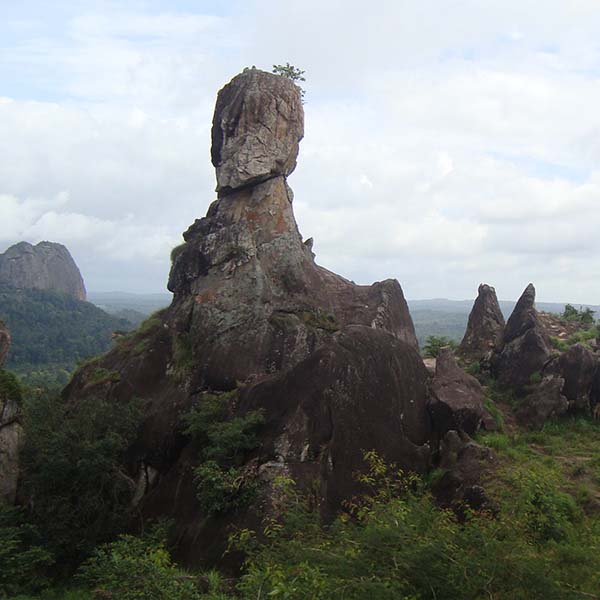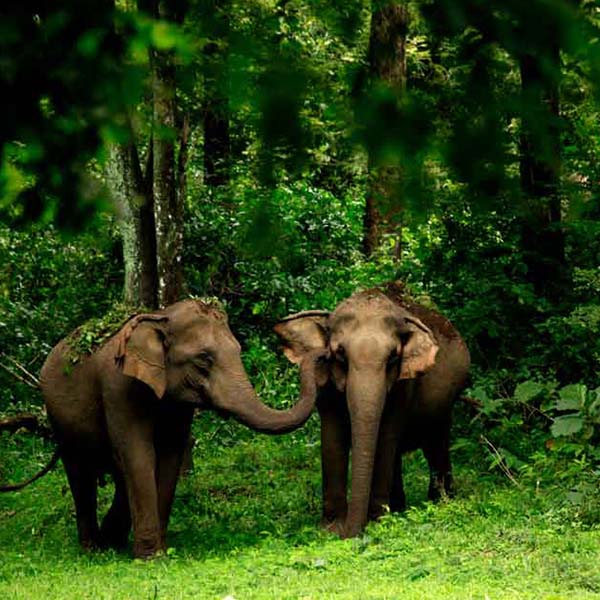Places to visit
-
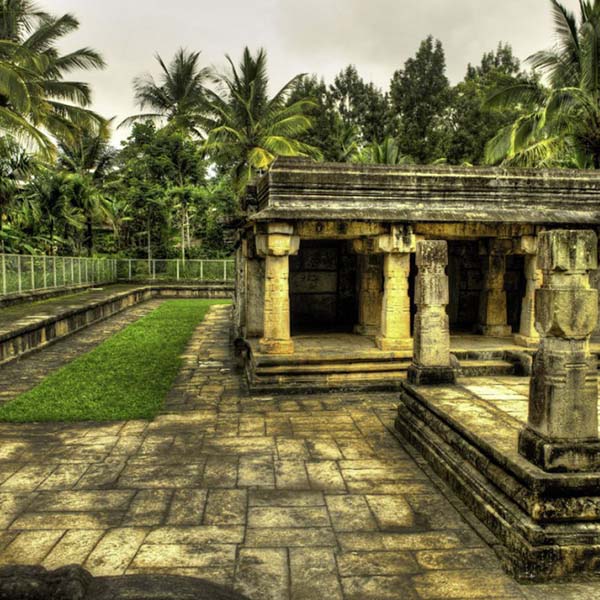
Jain Temple
This temple is one of the most important amongst a series of ruins spread across the state of Kerala that testify a period of strong Jain presence in this region. Believed to have built in the 13th century, it served as a Hindu shrine and eventually as an ammunition store for Tipu Sultan's marching armies.
-
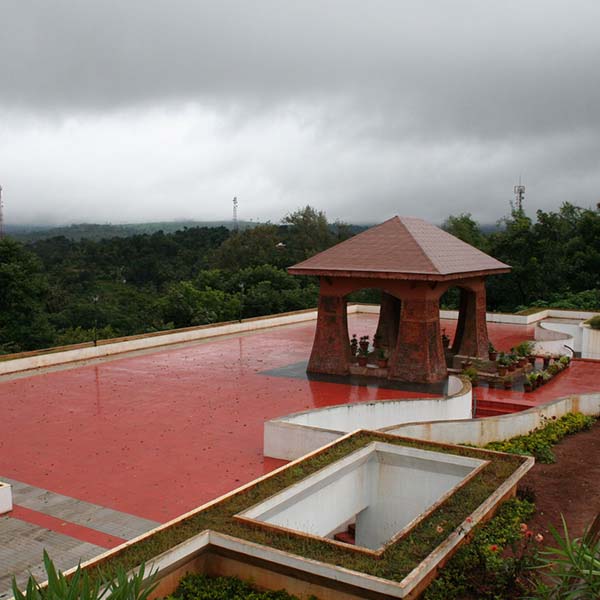
Pazhassi Raja's Tomb
One of the earliest to strike the banner of revolt against the British overlordship in this part of India, Pazhassi Raja took refuge in the Wayanad hills, and resorted to classic techniques of guerrilla warfare against the superior British forces. He was downed in a ferocious encounter that took place at Mavilanthode in 1805. Pazhassi's tomb marks the point where he was cremeated.
-
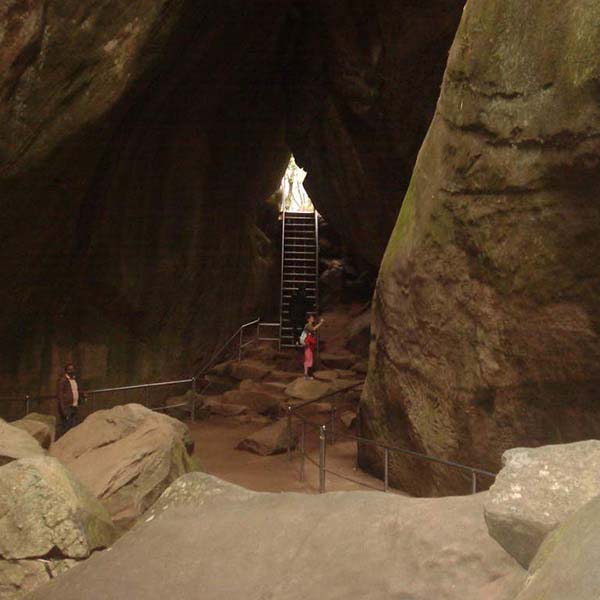
Edakkal Caves
Etchings found on the walls of these caves have drawn the serious attention of archeologists and historians worldwide. It is assumed that the Edakkal had been inhabited at various stages in history. A telescope installed by the DTPC that offers a panoramic view of the surrounding country is another attraction.
-
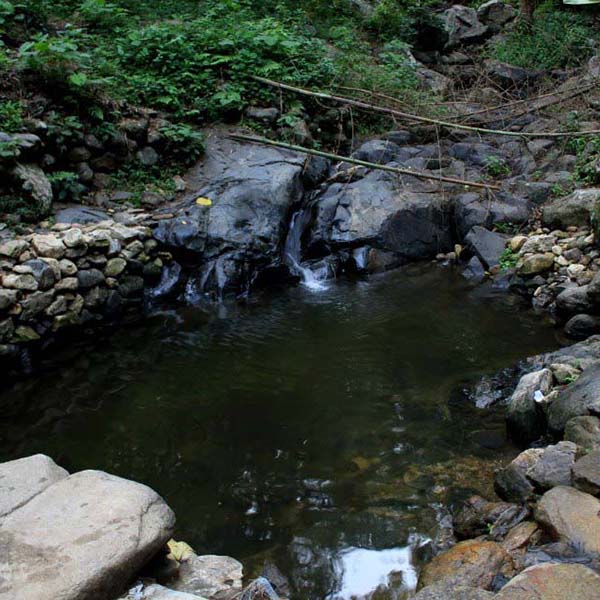
Papanasini
Papanasini means "washes away all sins". According to tradition, Vishnu granted the power of the Papanasini river to wash away all sins as a boon to Lord Brahma, after Lord Brahma installed an idol of Vishnu at Thirunelli Temple. The Papanasini became the purificatory Ganges of the Keralites. The final rites to ancestors, held on the Pindappara rock, became famous as equivalent to Gaya Sreaddham. The story about this rock is fascinating; a demon Paashanabhedi, cursed by Vishnu, repented and asked for deliverance from that curse and He converted him into this rock.
-
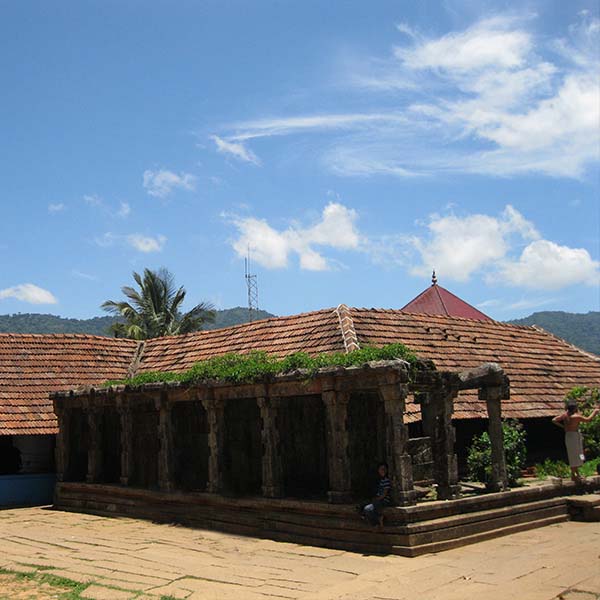
Thirunelli Temple
Thirunelli Temple (also Tirunelli) known as southern Kashi is an ancient temple dedicated to Lord Vishnu. According to tradition, Lord Brahma was travelling the earth upon Hamsa the swan when he became attracted by the beauty of the area now known as Brahmagiri Hill. Descending in that spot, Brahma noticed an idol set in an Amla tree (gooseberry tree). Brahma recognized the idol as Lord Vishnu and the place as Vishnuloka. With the help of the Devas, Brahma installed the idol and called it Sahyamalak Kshetra.
-
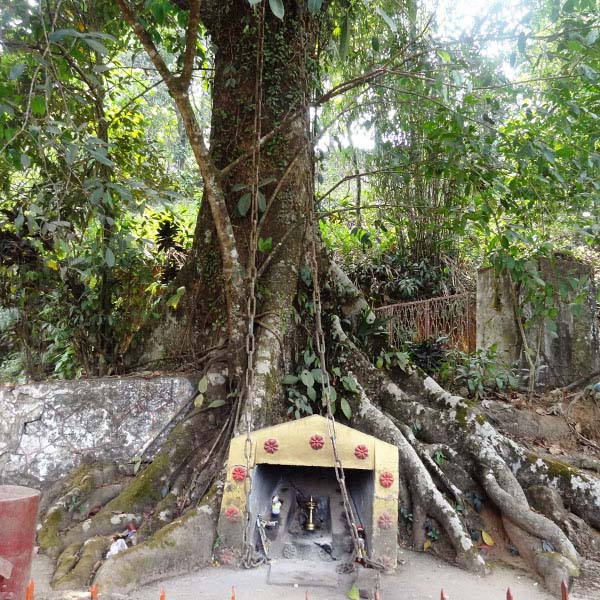
Chain Tree
Legend has it that an Adivasi youth named Karinthandan was instrumental in guiding the British Engineer through the difficult mountain terrain into Wayanad. Eager to take credit for the discovery, the engineer conveniently killed his guide, whose soul, according to the legend, constantly haunted subsequent travellers. It is believed that a priest chained the troublesome spirit onto this tree and hence the name the Chain Tree.



